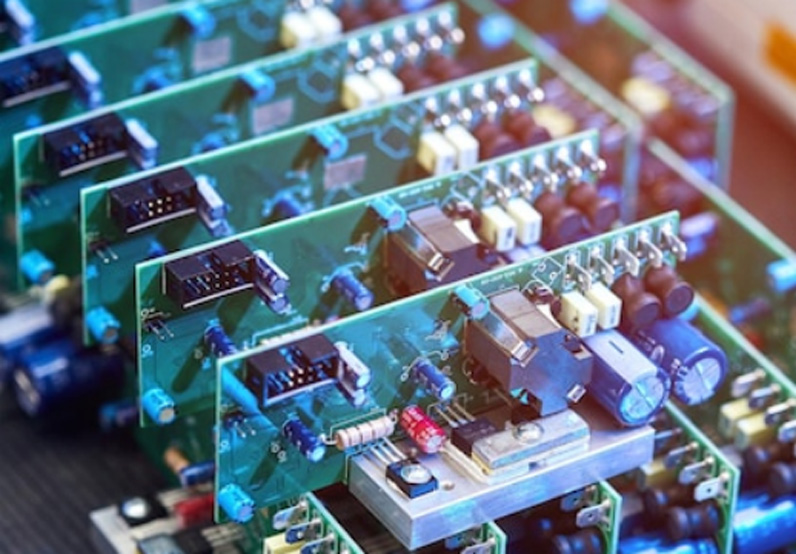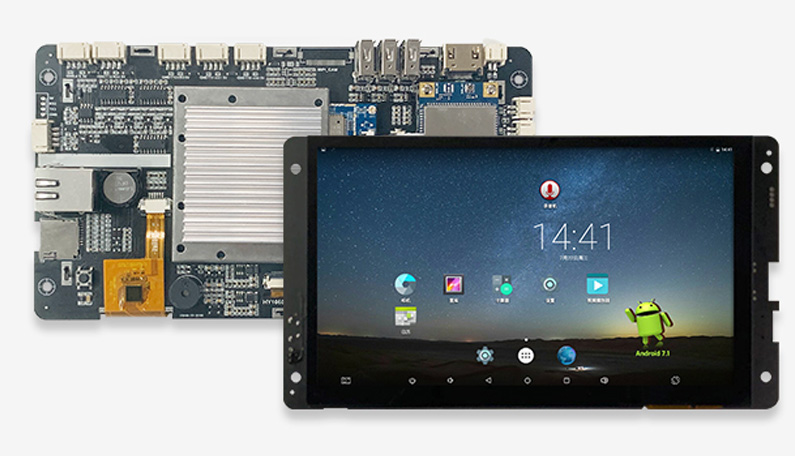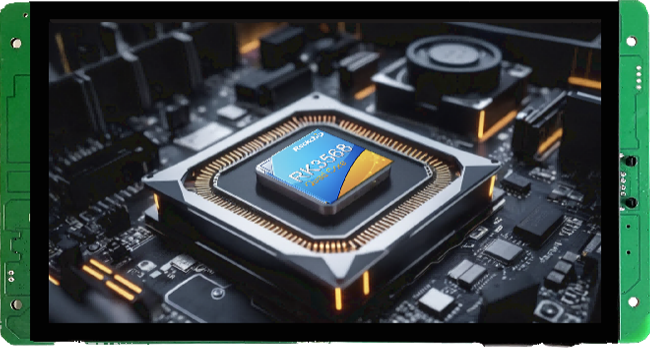
In the world of embedded systems, developers are constantly seeking ways to streamline the design process, reduce time-to-market, and cut costs. One solution that has gained popularity in recent years is the use of System-on-Modules (SOMs).
They provide a ready-to-use foundation for building embedded products, offering a range of benefits for both software and hardware developers.
A System-on-Module (SOM), also known as a Computer-on-Module (CoM), is a single-board circuit that integrates the core components of an embedded processing system onto a compact module. These modules typically include processor cores, communication interfaces, memory blocks, and other essential components. The SOM can be easily plugged into a carrier board, which provides the necessary peripherals and interfaces for the specific application.
It is important to note that SOMs are distinct from system-on-a-chip (SoC) designs. While an SoC integrates key computer components onto a single chip, SOMs are board-based and have the space to include additional components beyond the SoC.

SOMs offer numerous advantages that make them a compelling choice for developers, helping save time, effort, and costs associated with custom board design and manufacture.
One of the primary advantages of using SOMs is the ability to accelerate the application development process. With SOMs, developers can avoid the effort and potential errors associated with designing and integrating core components such as power management and memory interfacing. This shorter development cycle allows for faster time-to-market.
By reducing the development cycle, SOMs enable products to be launched in the market sooner. This is particularly beneficial in highly competitive industries where being first to market can make a significant difference.
In addition to saving time, System-on-Modules can also help reduce costs. The shortened development cycle translates into lower development costs, as the design team can allocate resources more efficiently. Furthermore, the modular design of SOMs simplifies product lifecycle management and reduces bill of materials (BOM) expenses.
SOMs offer scalability and flexibility, allowing developers to adapt and upgrade their designs as needed. With a plug-and-play feature, developers can easily graduate to higher computing power SOMs when running more demanding applications or incorporating new technologies like artificial intelligence (AI) or machine learning (ML) into their designs.
For software developers, SOMs provide a comfortable and intuitive design environment. They enable the unlocking of the potential of edge computing, allowing for the processing of data locally without latency.
Hardware developers can benefit from SOMs by achieving FPGA performance and flexibility without the challenges associated with PCB design and integration.
SOMs provide the required compute power while maintaining flexibility. Developers can easily swap out AI models, thanks to the pre-built applications and customizable features offered by the best SOM providers.
These advantages have led to the widespread adoption of SOMs across various industries and applications. Let's explore some of the key sectors where System-on-Modules are being used.
System-on-Modules are utilized in a wide range of applications, enabling developers to create innovative and efficient solutions. Here are a few notable examples:
Cutting-edge security camera systems rely on video analytics to categorize and understand what they see in real-time. SOMs enable edge computing, allowing cameras to process data locally and provide accurate insights without latency.
Embedded systems powered by SOMs enable real-time data analysis and configurable sensor capabilities, making machine vision applications more accessible and cost-effective. By leveraging SOMs, developers can scale their machine vision solutions and improve productivity across different sectors.
Smart cities rely on ubiquitous sensors to gather data and provide insights for efficient decision-making. SOMs power these sensors, enabling city officials to monitor and manage various aspects of urban life, including utilities, traffic, and public services.
Electric motors are used in a wide range of applications, from public transportation to factory automation. SOMs help accelerate the development of motor control systems by offering adaptability and flexibility to connect with new peripherals as standards evolve.
Choosing the right System-on-Module is crucial for the success of your embedded project. To ensure that you make an informed decision, consider the following factors:
Evaluate the processing power requirements of your embedded application. Determine whether a small-scale SOM is sufficient for your IoT edge devices or if you need a high-performance SOM for more demanding applications. Consider the computational capabilities, memory capacity, and communication interfaces offered by different SOM options to match your specific needs.
Evaluate the power requirements and heat dissipation capabilities of different SOMs to ensure they align with your project's power constraints. Consider whether the SOM is designed for connected power sources or if it requires power management for mobile or unreliable power sources.
Consider the peripherals and interfaces required for your specific application. Identify the necessary hardware components such as wireless communication modules, GPS, or card readers, and ensure that the chosen SOM supports the required interfaces.
Consider the availability of software toolchains, operating systems, and development environments that are compatible with the chosen SOM. Depending on your project's specific needs, you may prefer ARM-based devices that can run Linux or Android, or Intel-based devices that offer compatibility with a wide range of operating systems, including Windows and Linux.
Depending on the application and target market, you may need to choose an operating system such as Android, Windows, or Linux. Evaluate the availability of software development kits (SDKs), peripheral drivers, and module support for the chosen operating system to ensure a smooth development process.
Assess the expected lifespan and support provided by the SOM manufacturer. Consider the longevity of the chosen SOM, as it will impact the longevity and maintenance of your end product. Ensure that the SOM is included in your obsolescence management criteria to mitigate the risks associated with discontinued or unsupported modules.
When it comes to finding the right System-on-Module for your embedded project, Proculus offers a range of reliable and high-performance options. Our embedded displays are based on Rockchip powerful processor such as RK3568.

Our custom display modules are designed to save you time, effort, and risk during the development process. They can be used in Smart Home, Smart Factory and medical equipment. We are trying our best to help our customers who are connected to IoT.
